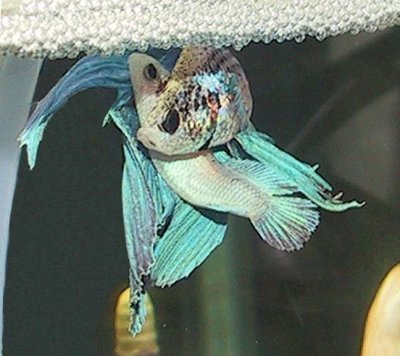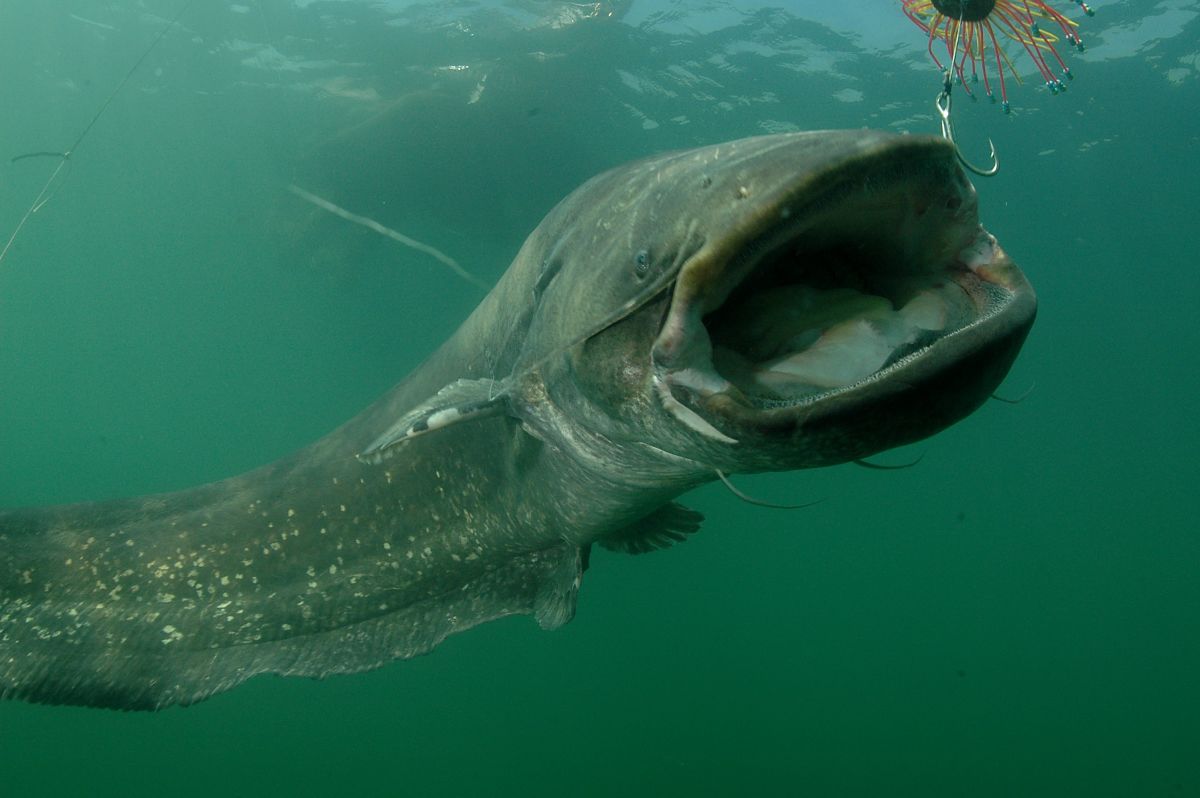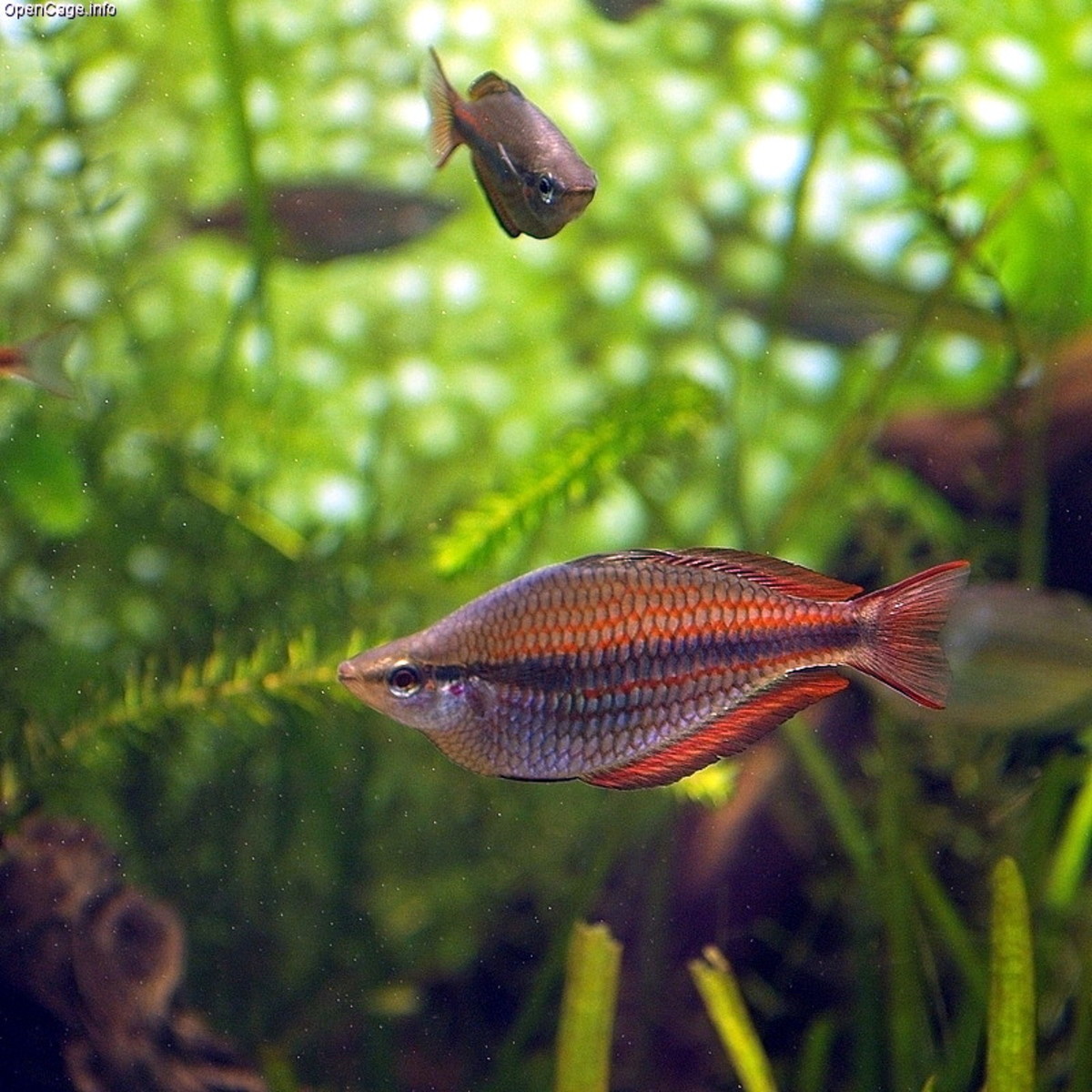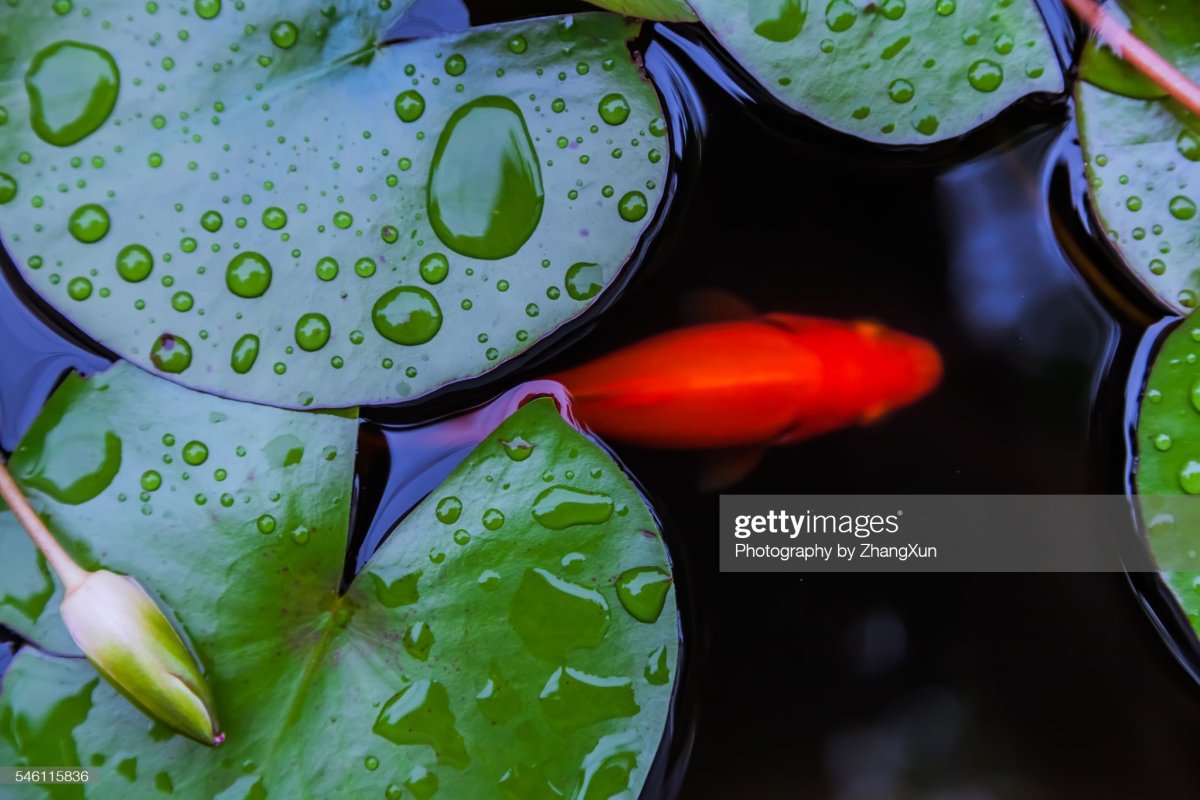Decapsulated Baby Brine Shrimp vs Hatched Baby Brine Shrimp

When you decide to breed fish, you are stuck with the problem of what to feed the fry until they are old enough to eat fish food. Most people recommend baby brine shrimp for small fish fry, like betta and guppy fry, because they are small enough to fit in a newly free swimming baby's mouth, unlike many other foods which are simply too big.
Baby brine shrimp are also an excellent source of nutrition for fish fry, so for the first few weeks, they come highly recommended. However, there is still a choice you must make, will you hatch your own live baby brine shrimp, or will you use decapsulated brine shrimp eggs?
The advantages of hatching baby brine shrimp are that your baby fish will have live food to chase. Some fry will only eat live, moving food, so freshly hatched baby brine shrimp are excellent in this regard,
However hatching baby brine shrimp can be something of a pain to do. It's not hard to do, however it will require running a hatchery or two 24/7, and if one or both batches fail, you may be left without any food for your fry for 18 to 30 hours whilst you start a new batch. Baby brine shrimp eggs hatched in a hatchery usually hatch within 18 to 30 hours. They're only considered to be nutritous for fry for about 12 hours however, so you will be stuck in a constant cycle of hatching baby brine shrimp for weeks on end. For some people this is no problem, for others, it is a deal breaker.
Decapsulated baby brine shrimp are brine shrimp eggs that have had the outer egg casing removed. They are incredibly nutritious for baby fish, because they have not hatched and none of the proteins have been used in the development of the baby brine shrimp. Unlike hatched baby brine shrimp, they require no special procedure for feeding, you can simply soak the eggs in some tank water for 20 minutes until they are hydrated, and then feed them to your fry. They also have the added advantage of not leaving egg cases everywhere, which hatched BBS are prone to do.
Having run a BBS hatchery for several weeks, I would recommend using decapsulated BBS, or at least having them as a back up if your hatcheries fail. A power outage, or someone turning off the pump overnight can easily destroy your entire batch of fresh BBS, and they're simply more messy to deal with all round.
Your mileage, may of course, vary, first time breeders may like to try both methods and come to their own conclusion.



